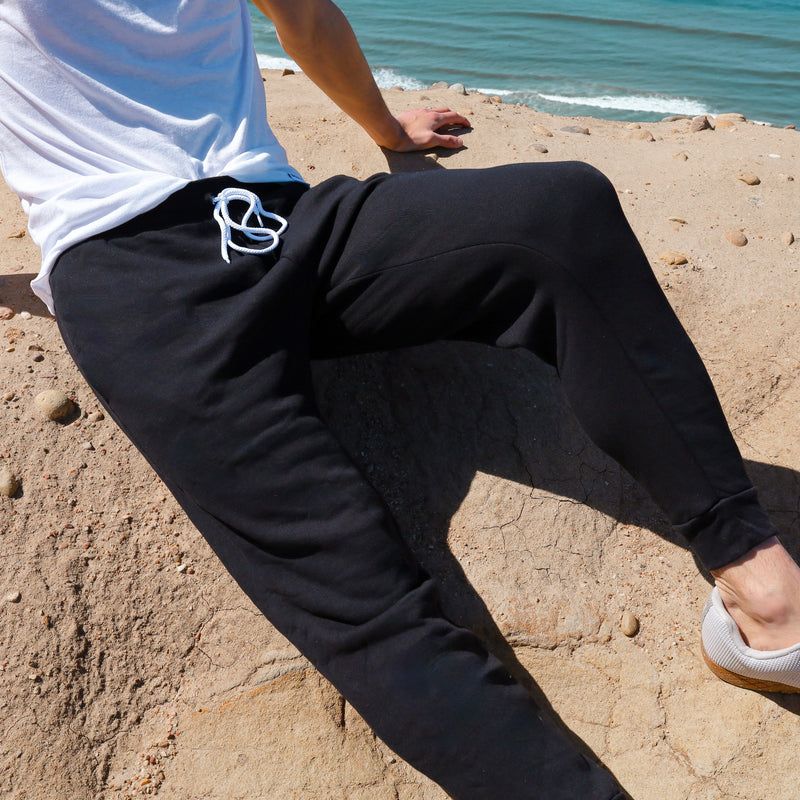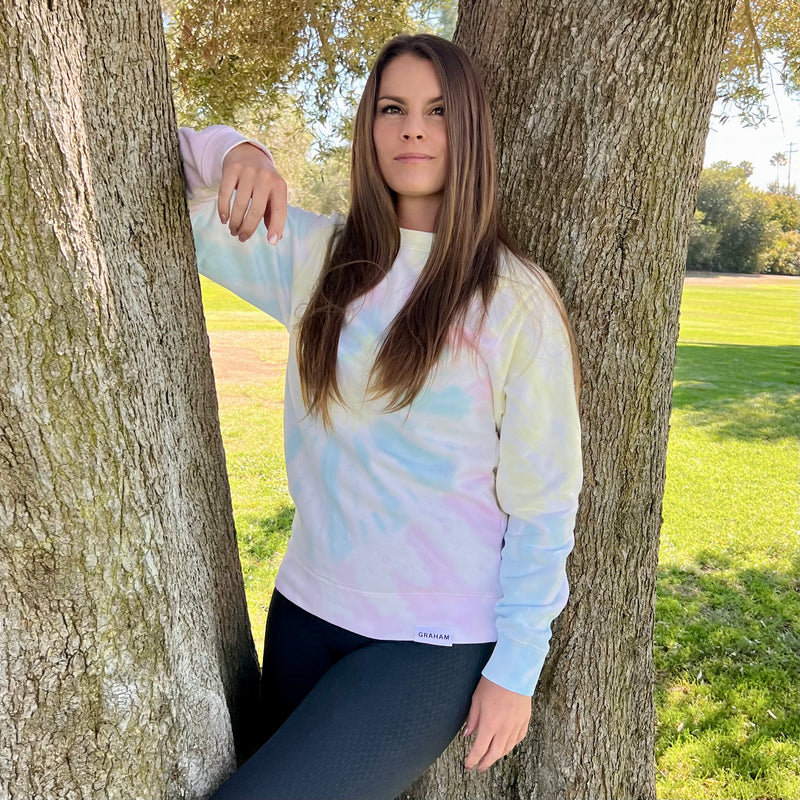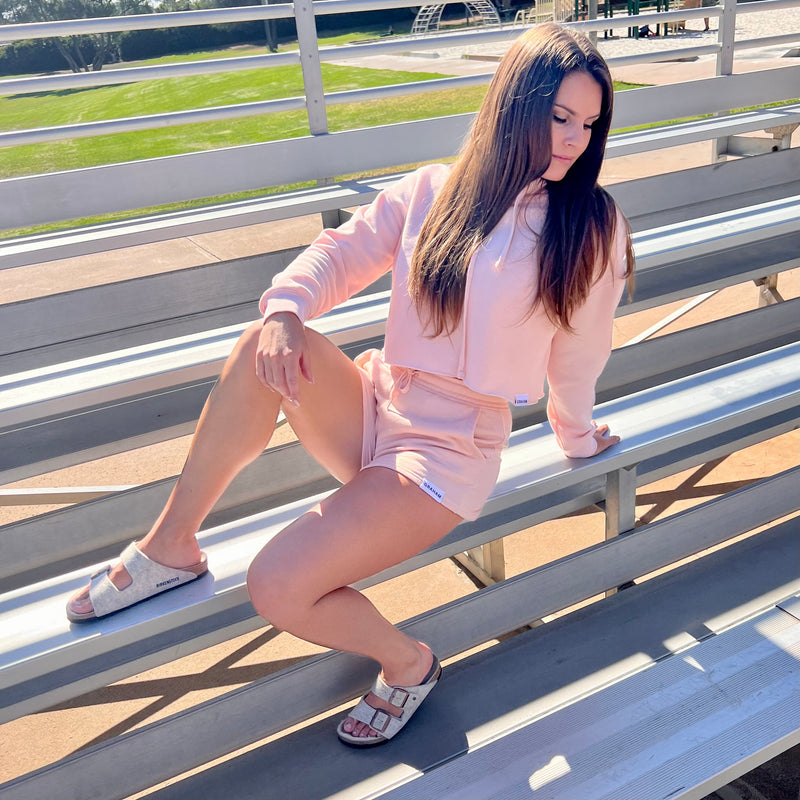
Men’s Shirt Styles Through The Years
Trends and styles in the fashion industry can change drastically over time. Unknown to most is the long history of men’s shirt styles that have led up to the present day and the insightful stories around them. Here are a few of the stories of shirts that have had an impact on the present day in unexpected ways.
Polos From the '50s
Post-World War II, the 1950s were a time where many began to express a deeper sense of relaxation, and this was reflected in the fashion trend that was the all-to-recognizable polo shirt. Opting for a change from the traditional formal collar shirts that had been chosen for such a long time, people began to wear these polo shirts in both formal and casual settings. A change from solely tennis players and ivy league school students showing interest occurred, the polo became a trend that has remained popular ever since, particularly as it has become Ralph Lauren’s most sought-after product since Polo Ralph Lauren’s reintroduction of the item in 1972 with his quote “It gets better with age”.
'60s Flower Bloom

This decade saw the emergence of flower prints as the chosen style of the era. Thanks to the counterculture and protests against the Vietnam War, Flower Power became a force to be reckoned with as hippies united across the U.S. and later the world to voice their concerns. Eager activists would not only wear flowers but would also distribute them to the public in an effort to emphasize their peaceful protest, which was a popular avenue of exploration at the time. Over the years, it became commonplace for elaborate floral prints to flood the streets in the U.S. as so many in the younger generation took up arms against the establishment’s decisions.
The New Pocket
Around this time, from the '50s leading into the '60s, there was a large increase in t-shirts with chest pockets coming onto the market. This was found to be directly related to the decline in the popularity of waistcoats being worn at the time as people opted for more comfortable attire, such as t-shirts as outerwear. The times of the '50s and '60s became much less formal than preceding decades, when suits were worn with two-tone Oxfords, wide fedoras or even the double-breasted suit. In the '50s, there was the need to house pens, cigarettes and any other portable and necessary utilities in the newly trending attire. Designs came in the form of either rounded or square pockets, usually placed on the left side of the chest but on rare occasions found on the right. This new design also proved to be a handy asset to smooth gentlemen willing to offer ladies a spare handkerchief.
The Flannel

Another reminder of the olden times is the flannel shirt. Its rise to popularity in Europe decades before the '90s was put down to its durability, warmth and affordability. It was even found useful in wartime uniforms for soldiers during the American Civil War, and railroad builders in the years preceding it. Fast-forward to the early 1990s, and you'll see flannel shirts hitting the market again, only this time not for purposes of war; instead, they're part of a comfortable outfit. It became classic to mix a flannel shirt and an underlying t-shirt with a pair of jeans, giving rise to what was known as the grunge subculture. While the beliefs of the group may not be as popular today as in the early '90s, the flannel shirt lives on and remains in demand, and it likely will for some time to come.
Graphic Detail

The late '90s proved to be another time of a somewhat laid-back approach to attire. The collective decision of the time was for creative graphic designs to be placed on tees better suited for comfort than before. While the fit of the attire was easy, more often than not, the designs placed on them were not quite so simple. Tees often had an explosion of colors and patterns not seen before and much of this trend was a result of the coinciding explosion of what became known as bubblegum pop culture. The trend flooded through the fashion industry and was observed in many other areas, including TV and music.
The evolution of the shirt appears to have walked almost hand in hand with much of our history, and at times has played a role in the direction it has been steered over the years.



